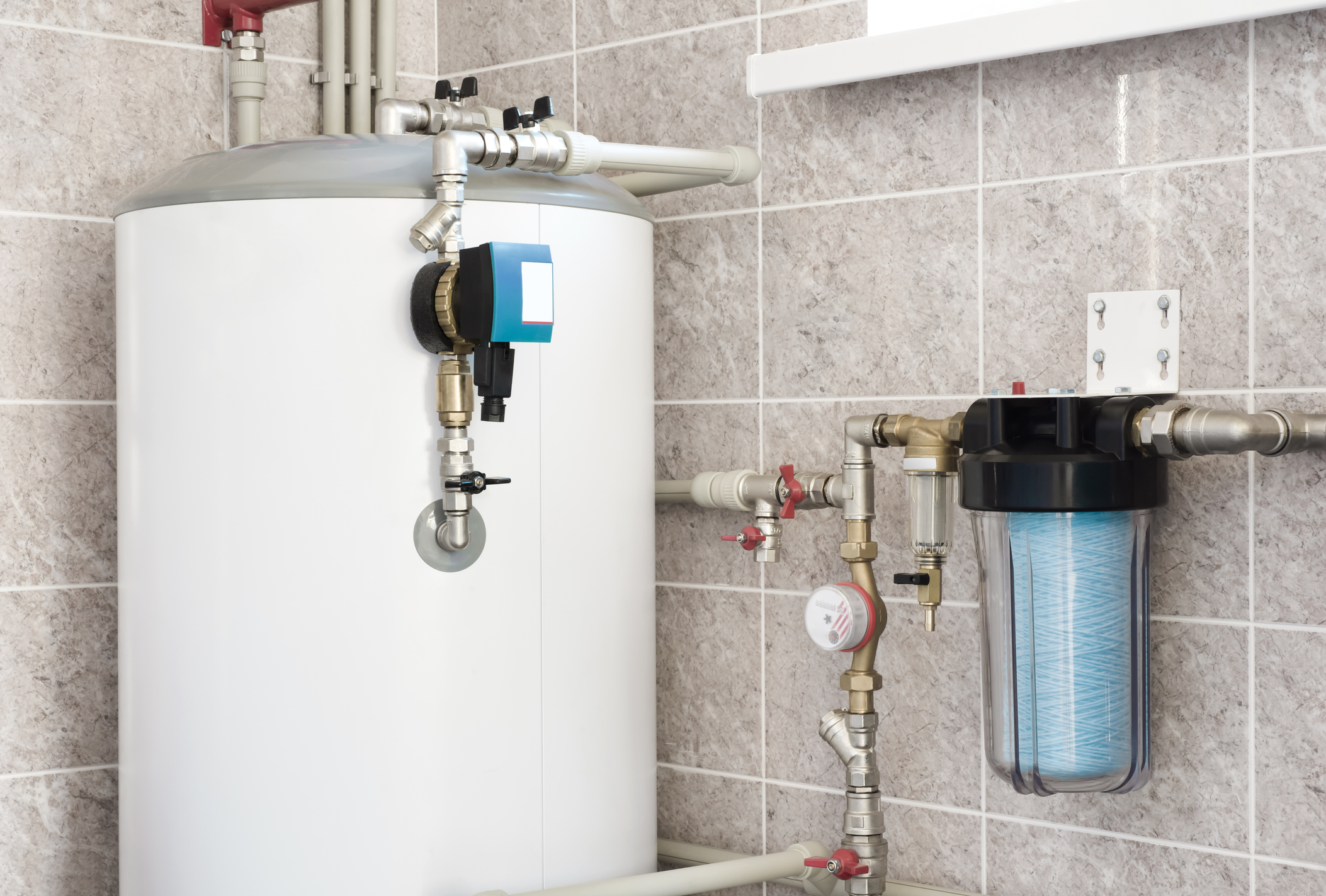Steps on How to Care for Your Home's Hot Water System Properly
Steps on How to Care for Your Home's Hot Water System Properly
Blog Article
Are you interested in help and advice around What Kind of Maintenance Do Water Heaters Need??

Warm water is vital for daily convenience, whether it's for a revitalizing shower or washing dishes. To ensure your hot water system runs successfully and lasts much longer, routine maintenance is essential. This write-up supplies practical tips and insights on how to maintain your home's warm water system to prevent interruptions and costly repairs.
Introduction
Maintaining your home's warm water system could seem challenging, but with a couple of basic steps, you can guarantee it operates efficiently for many years to come. This overview covers whatever from understanding your warm water system to DIY maintenance pointers and knowing when to call expert help.
Importance of Keeping Your Hot Water System
Normal upkeep not only extends the life-span of your warm water system but additionally ensures it runs effectively. Neglecting upkeep can cause decreased performance, higher power expenses, and also premature failure of the system.
Indications Your Hot Water System Requirements Maintenance
Recognizing when your hot water system requires attention can protect against major concerns. Watch out for indicators such as inconsistent water temperature, odd noises from the heating unit, or corroded water.
Understanding Your Hot Water System
Prior to diving right into maintenance tasks, it's useful to comprehend the basic parts of your warm water system. Generally, this consists of the water heater itself, pipes, anode rods, and temperature level controls.
Month-to-month Maintenance Tasks
Routine regular monthly checks can aid capture small concerns prior to they escalate.
Flushing the Water Heater
Purging your hot water heater gets rid of sediment buildup, improving efficiency and extending its life.
Checking and Replacing Anode Rods
Anode poles protect against corrosion inside the storage tank. Evaluating and changing them when worn out is vital.
Evaluating and Readjusting Temperature Settings
Changing the temperature level setups ensures ideal efficiency and safety and security.
DIY Tips for Maintenance
You can do numerous maintenance tasks yourself to maintain your warm water system in leading condition.
Checking for Leaks
On a regular basis inspect pipes and connections for leaks, as these can result in water damages and greater costs.
Testing Pressure Relief Valves
Evaluating the stress safety valve guarantees it operates appropriately and prevents excessive pressure accumulation.
Protecting Pipelines
Protecting warm water pipelines lowers warmth loss and can conserve power.
When to Call a Professional
While DIY maintenance is advantageous, some issues require professional knowledge.
Complex Issues Requiring Professional Help
Examples include significant leakages, electric problems, or if your water heater is regularly underperforming.
Regular Specialist Upkeep Benefits
Expert upkeep can consist of detailed examinations, tune-ups, and making sure compliance with safety standards.
Verdict
Routine upkeep of your home's hot water system is important for efficiency, longevity, and price financial savings. By adhering to these ideas and knowing when to seek specialist aid, you can make sure a reputable supply of hot water without unexpected disturbances.
How to Maintain an Instant Hot Water Heater
Before tinkering with your hot water heater, make sure that it’s not powered on. You also have to turn off the main circuit breaker and shut off the main gas line to prevent accidents. Also turn off the water valves connected to your unit to prevent water from flowing into and out of the appliance. 2. When you’re done, you have to detach the purge valves’ caps. These look like the letter “T†and are situated on either side of the water valves. Doing so will release any pressure that has accumulated inside the valves while at the same time avoid hot water from shooting out and burning your skin. 3. When the purge valves’ caps are removed, you have to connect your hosing lines to the valves. Your unit should have come with three hoses but if it didn’t, you can purchase these things from any hardware or home repair shops. You can also get them from retail stores that sell water heating systems. Read the user’s manual and follow it to complete this task properly. When the hosing lines are connected, open the purge port’s valves. 4. You should never use harsh chemical cleaners or solutions when cleaning your unit. Make use of white vinegar instead. It should be undiluted and you’ll probably use about 2 gallons. 5. Now flush your water heater. This task should probably take about 40 minutes. We can’t give you specific directions for this because the procedure is carried out depending on the type, model and brand of your heater. With that being said, refer to the user’s manual. 6. When you’re done draining the unit, you have to turn off the purge port valves again. Remove the hosing lines that you earlier installed on each of the water valves. Put the valve caps (purge port) back in their respective places and be very careful so as not to damage the rubber discs that are found inside these caps. 7. Now that everything’s back in place, check your user’s manual again to find out how to reactivate your water heating system. 8. Once it is working, turn one of your hot water faucets on just to let air pass through the heater’s water supply pipes. Leave the tap on until water flows smoothly out of it. https://www.orrplumbing.com/blog/2014/september/how-to-maintain-an-instant-hot-water-heater/

Do you appreciate reading about How to Maintain Your Water Heater & Prolong its Life? Give a review down the page. We would be pleased to listen to your insights about this write up. We are looking forward that you visit us again in the near future. For those who enjoyed our blog post please do not forget to share it. Thanks a lot for being here. Return soon.
Call Today Report this page